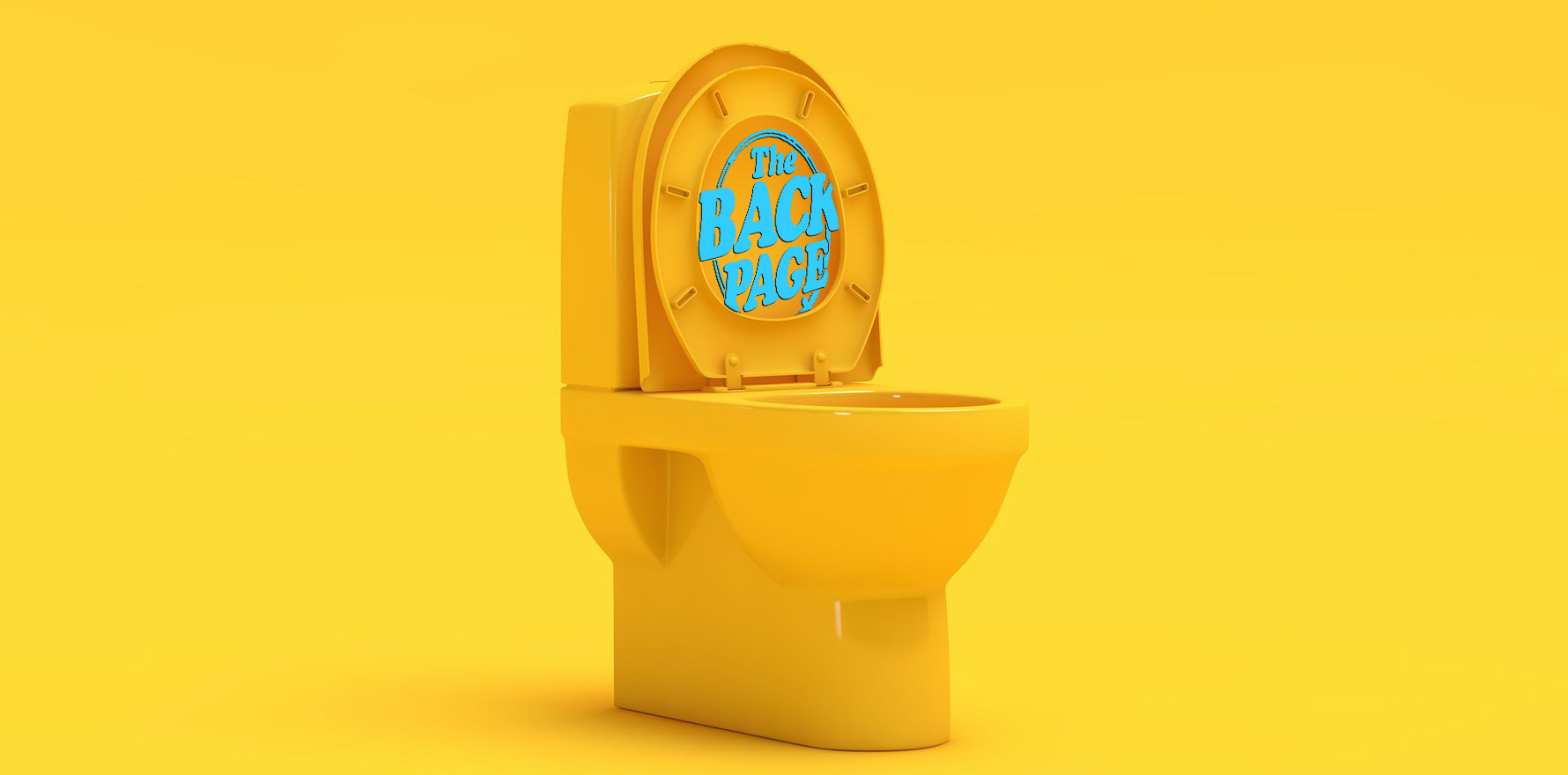Science has plumbed the depths of one of life’s colourful mysteries.
Your BP correspondent has long abandoned hope of finding answers to the universe’s big questions.
Meaning of life? Not bothered. Is there a God? Beats me. Why are there always two bolts left over after you’ve assembled an IKEA flatpack? Just go with the flow.
Occasionally, however, a glimmer of light emerges from the gloom. For example, just this month we learn that scientists from the University of Maryland reckon they have come up with a solid answer to the age-old question: Why is our urine yellow?
Up until now, you’d be forgiven for not knowing that we didn’t know. Or you may even have wondered why anyone would want to know in the first place.
As it transpires, however, the nutting out of the science behind the golden hue is not only quite interesting; it could also be quite useful as well.
According to a study published in the journal Nature Microbiology, our boffins have identified a previously elusive enzyme, called bilirubin reductase, which they believe is the main ingredient responsible for the lemony shading in our pee.
Of course, it has long been known that urine gets its colour from discarded red blood cells which have been processed by our livers. What hasn’t been known, up until now, was the identity of the middle-man compounds that form the building blocks of human urine.
That’s where the magic of genome sequencing technology comes in.
“Our work to find [bilirubin reductase] relied on combining experimental screening with genomic analysis, an approach that has only become possible with the isolation of more gut bacterial species and the advancement of genome sequencing technology,” UMD cell biologist and molecular geneticist and paper co-author Brantley Hall told media.
By being able to isolate the gut bacteria long enough to study them closely, the scientists eventually found that bilirubin reductase was the enzyme that took the orange-coloured bilirubin gut compound and transformed it into the yellow-coloured compound called urobilin (also called urochrome) in the liver.
This discovery, we are pleased to say, has implications beyond the simple satisfaction of curiosity.
The identification of bilirubin reductase could help scientists and doctors understand and treat conditions such as jaundice in infants as well as other ailments related to bilirubin breakdown failure. These include gallstones and inflammatory bowel disease.
There are also other, rarer, disorders in which bilirubin builds up to levels which can cause brain damage and death.
So, let that be a lesson. No more taking the piss out of folks who want to find out why our widdle is more blonde than brunette.
Shower penny@medicalrepublic.com.au with your story tips.


